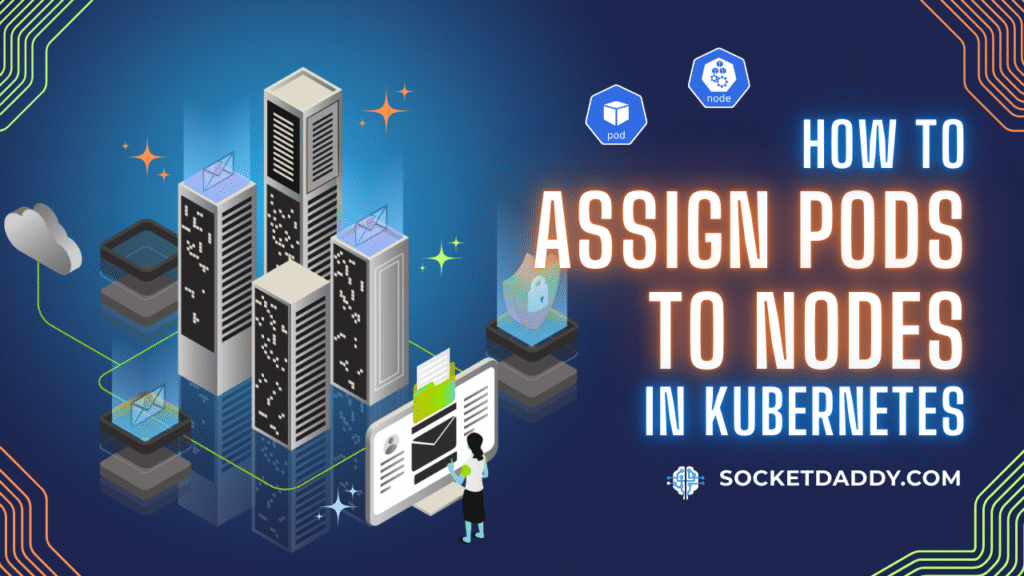
Adding a Custom Nameserver to CoreDNS in Kubernetes
Steps to configure CoreDNS in Kubernetes to use a custom nameserver. Add a forward plugin to direct queries to a custom Nameserver.

Install kubectl on Ubuntu using the apt package manager
A quick guide to help you install the kubectl command on Ubuntu Linux - the official k8s CLI - using the apt package manager to interact with your Kubernetes cluster.

The difference between kubectl apply and kubectl create
Understand the differences between kubectl apply and kubectl create in Kubernetes and when to use each for managing k8s resources.

How to Drain a Node in Kubernetes
How to drain a node in Kubernetes and take it offline for maintenance, upgrades or for decommissioning. Easy step-by-step guide.

How to delete evicted pods in Kuberenetes
Evicted pods can still consume resources like PVCs, disk space on etcd, IP addresses & ConfigMaps. Let's learn how to delete evicted pods.

Namespace Scope in Kubernetes
Kubernetes uses namespaces to isolate resources. They partition the cluster for teams, environments or apps. You can attach quotas, security policies and network controls per namespace. This article explains Namespace API v1 at a glance.

10 Essential Kubernetes Interview Questions – Dec 2023
Top 10 essential December 2023 Kubernetes interview questions with answers to help you crack the code to success.

Install kubectl for interacting with k8s: A Quick Guide
A quick guide to help you install the kubectl command on Ubuntu Linux - the official k8s CLI - to interact with your Kubernetes cluster.

Assigning Pods to Nodes in Kubernetes
Learn how to schedule Kubernetes pods to specific nodes using nodeName, nodeSelector, node affinity, taints, tolerations, with storage integration, CSI, quotas, and security contexts.
